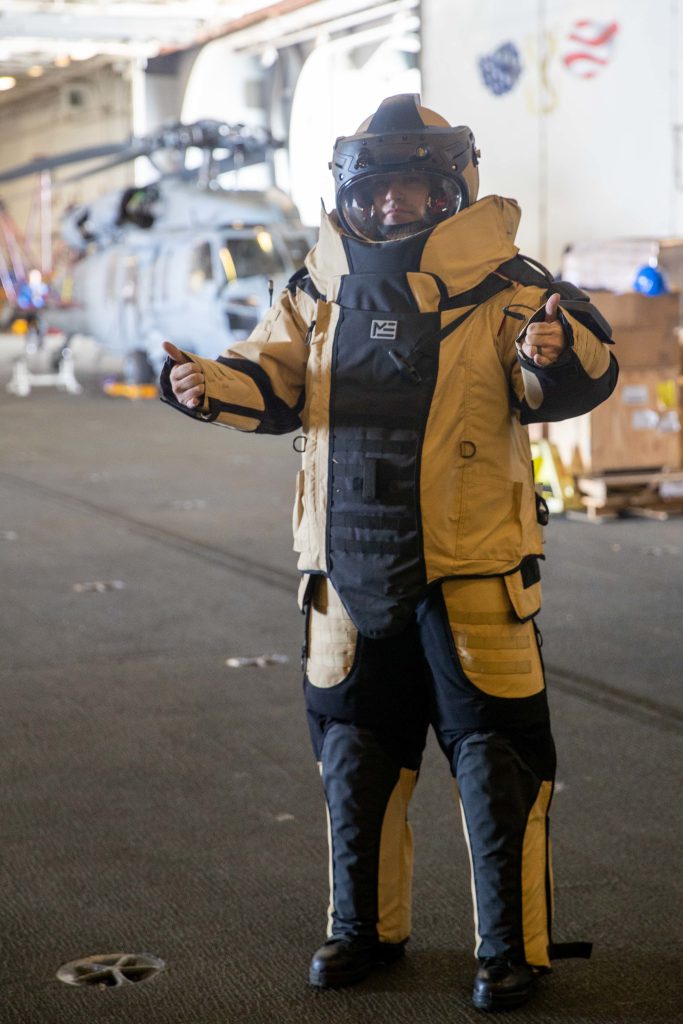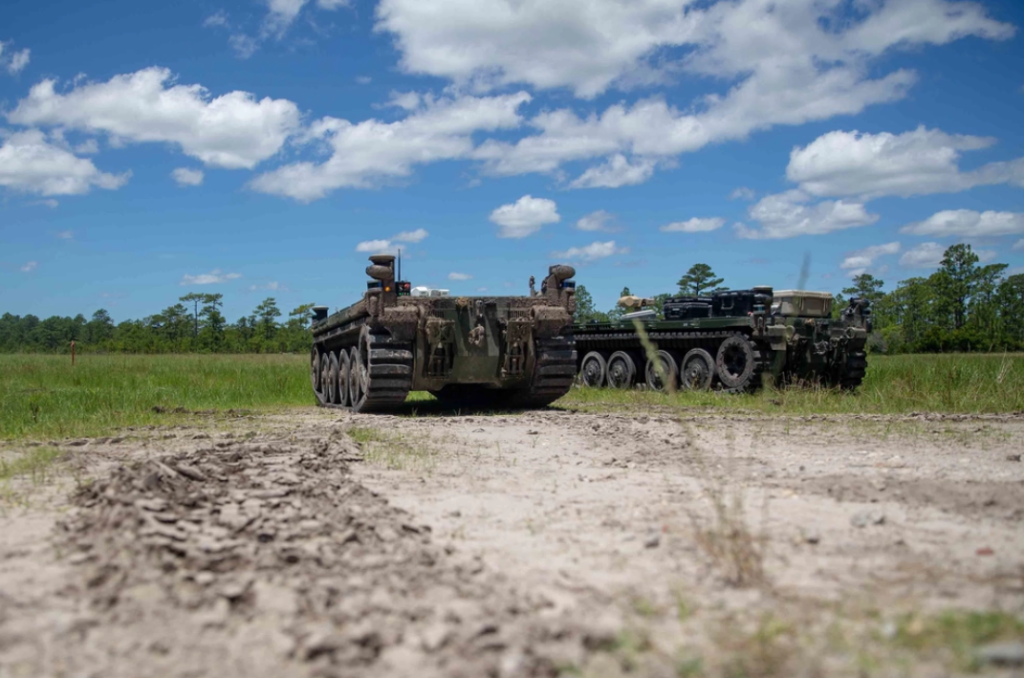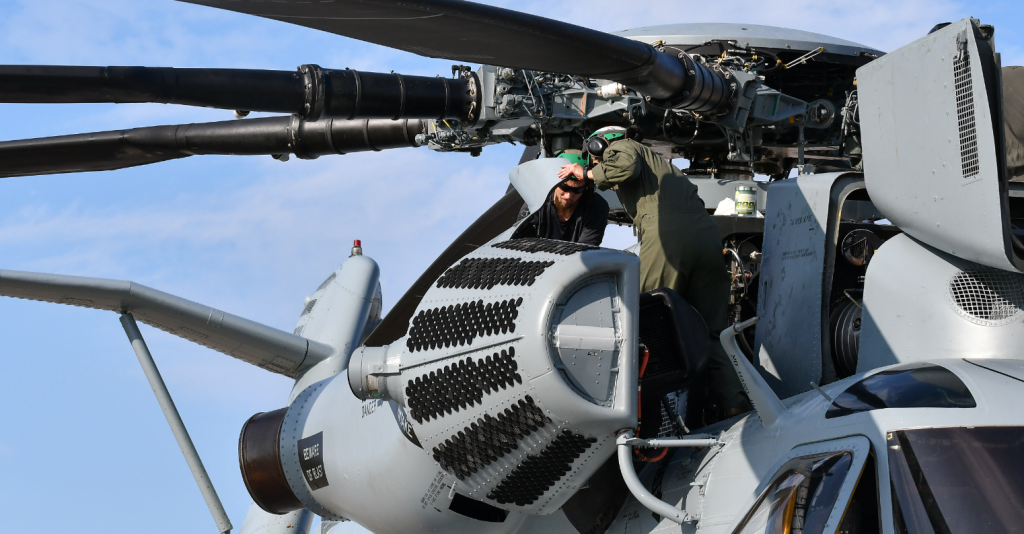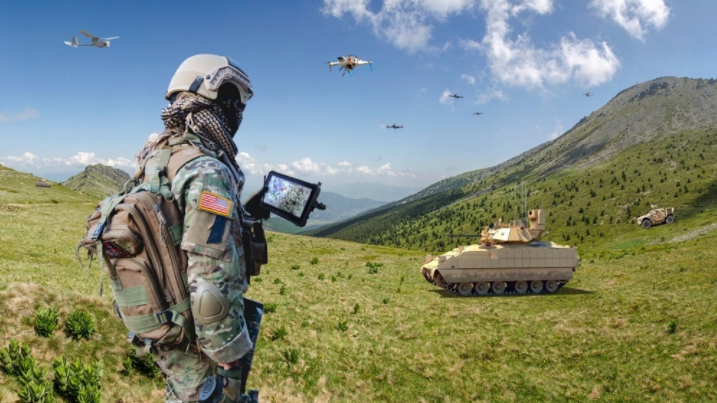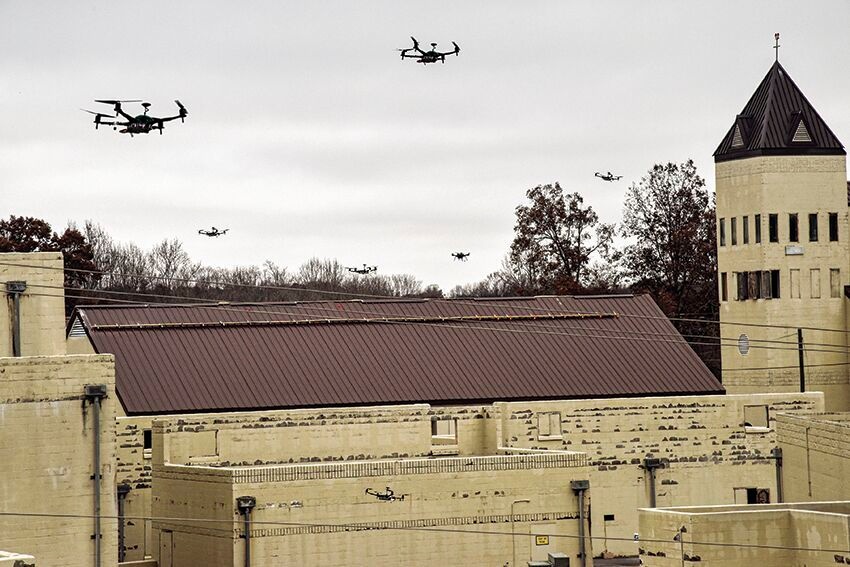Are you interested in delivering a webinar presentation on your DoD research and engineering efforts?
DSIAC hosts live online technical presentations featuring a DoD research and engineering topic within our technical focus areas.
Host a Webinar with dsiac
Upcoming Webinars
NSWC Indian Head Division Battle Lab
In the last decade, Warfighters have grown reliant on commercial-off-the-shelf (COTS) equipment to meet their operational needs rather than use traditional U.S. Department of Defense acquisition paths. Although COTS systems may offer a responsive and…
ARL Hypervelocity Ballistic Range Experiments
The U.S. Army Research Laboratory’s (ARL’s) Transonic Experimental Facility (TEF) is an all-purpose research firing range that has been used to investigate propulsion, materials, flight, guidance, and terminal effects across a spectrum of launch (mechanical)…
Applying the Autonomous Ground Vehicle Reference Architecture to MBSE
Utilizing model-based systems engineering (MBSE) is a key enabler for high-quality system design and application of Modular Open Systems Approach principles. The Autonomous Ground Vehicle Reference Architecture (AGVRA) provides meta-models, architectural guidelines, best practices, and…
Past Webinars
Emerging Applications of Machine Learning and Predictive Analytics in Naval Energy Autonomy
This webinar will present several emerging applications of artificial intelligence and machine learning (ML) in naval energy autonomy and digital transformation and summarize relevant research…
What Makes a Simulation Credible? Cost-Effective Verification, Validation, and Accreditation (VV&A) in the Systems Engineering Process: Focusing V&V on A
The U.S. Naval Air Warfare Center Aircraft Division (NAWCAD) Warfare Effectiveness Department (WED) VV&A Branch has developed and executed a cost-effective, risk-based VV&A process for…
Human Agent Interaction for Intelligent Weapons Systems
New priorities have emerged from the Army’s Multi-Domain Operations (MDO) concept that establishes the importance of artificial intelligence (AI) and machine learning (ML) on a…
Artificial Intelligence (AI) Requirement Guidelines and Precepts
The AISWG, established under the Office of the Director of Army Safety, provides a technically qualified advisory authority of stakeholders in AI safety. The objectives…
Accelerating Innovations in Autonomy in Complex Real-World Environments
Autonomous systems are increasingly vital to augment and accelerate how real-world operations are conducted today, especially in challenging scenarios with time-sensitive objectives, degraded sensing and…
Who Is Leading in AI/ML? An Unbiased Look at the Global AI/ML Landscape
Development of artificial intelligence/machine learning (AI/ML) capabilities is unquestionably on the rise, as the United States and other nations seek to increase their military strength….


